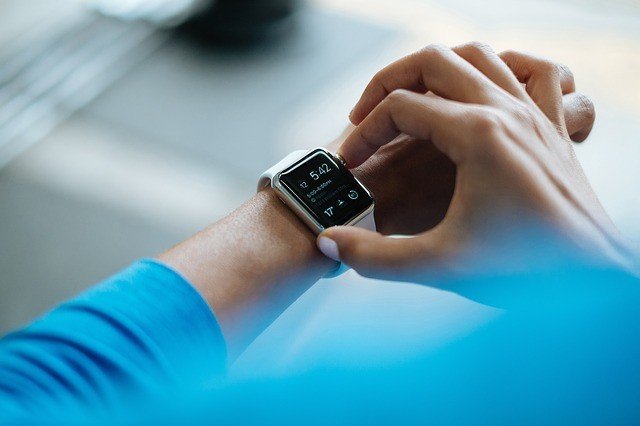
After smartphones dominate the mobile communication and personal technology world, manufacturers are eagerly looking for the “next big thing” in the rapidly saturating mobile device market.
The wearable computing device is one of the few fields that manufacturers gamble their future.
The wearable computing device is not a novel concept.
Scientists have conducted a series of experiments since the early 1980s. Given the limitation of software and hardware, wearables have only recently come into consumers’ view.
In the early 2010s, mobile giants, such as Apple, Samsung, Google, Motorola, and Sony introduced their smartwatch products.
Unlike its siblings (smart glasses and smart clothing), smartwatch gains a little bit of popularity and is regarded as the first commercialized device for consumers.
However, consumers’ enthusiasm about smartwatch doesn’t erase their doubts about the necessity of the gadget. The sales grow more slowly than expected.
Like most Apple fans, after playing for a while in the Apple store, I don’t buy iWatch either.
Currently, the iWatch functions only with a connected iPhone in the near distance. With the iPhone, I could handle most of my daily work.
Why would I buy a watch accessory which has low battery life? A recent study conducted by Korean scientists put forward the same question and provided practical suggestions for manufacturers to improve their product.
The research aims to explore how many potential consumers value various smartwatch attributes. The main experiment method is conjoint analysis.
To conduct it, a researcher identifies key properties of a product and then creates a set of alternatives, each of which is characterized by levels of attributes.
Those alternatives are presented to respondents, and each respondent ranks them. Finally, the ranked data are analyzed using conjoint analysis software.
In this research, the scientists designed five smartwatch attributes: brand, price, standalone communication, display shape, and display size.
They also compared findings by user group (current wristwatch users vs. non-users).
The research revealed that functional factors, which enhance the independence of smartwatches, are more critical than fashion attributes in the early stage of the diffusion of wearables.
Analysis of variance (ANOVA) also revealed that the preference for standalone communication had a significant association with whether to use wristwatches.
In other words, wristwatch users put more value on standalone communication than nonusers. What is more, wristwatch users regarded display size as a more critical factor than price.
One possible explanation is that the curved and larger display can improve the readiness of the screen and enhance the user experience.
For manufacturers, they may need to put more emphasis on the functional part. Smartwatches need not only to be directly connected to mobile phone service but also to be equipped with sound input interfaces.
Supplementary input techniques, such as voice recognition technology, should be considered. Moreover, manufacturers should cooperate with app developers to build colorful app contents. Abundant apps could improve consumers’ experience in functional aspects.
To summarize, manufacturers should offer great value propositions to convince potential customers that a smartwatch is a necessary gadget and that it could bring conveniences to daily life.
Copyright © 2018 Knowridge Science Report. All rights reserved.




